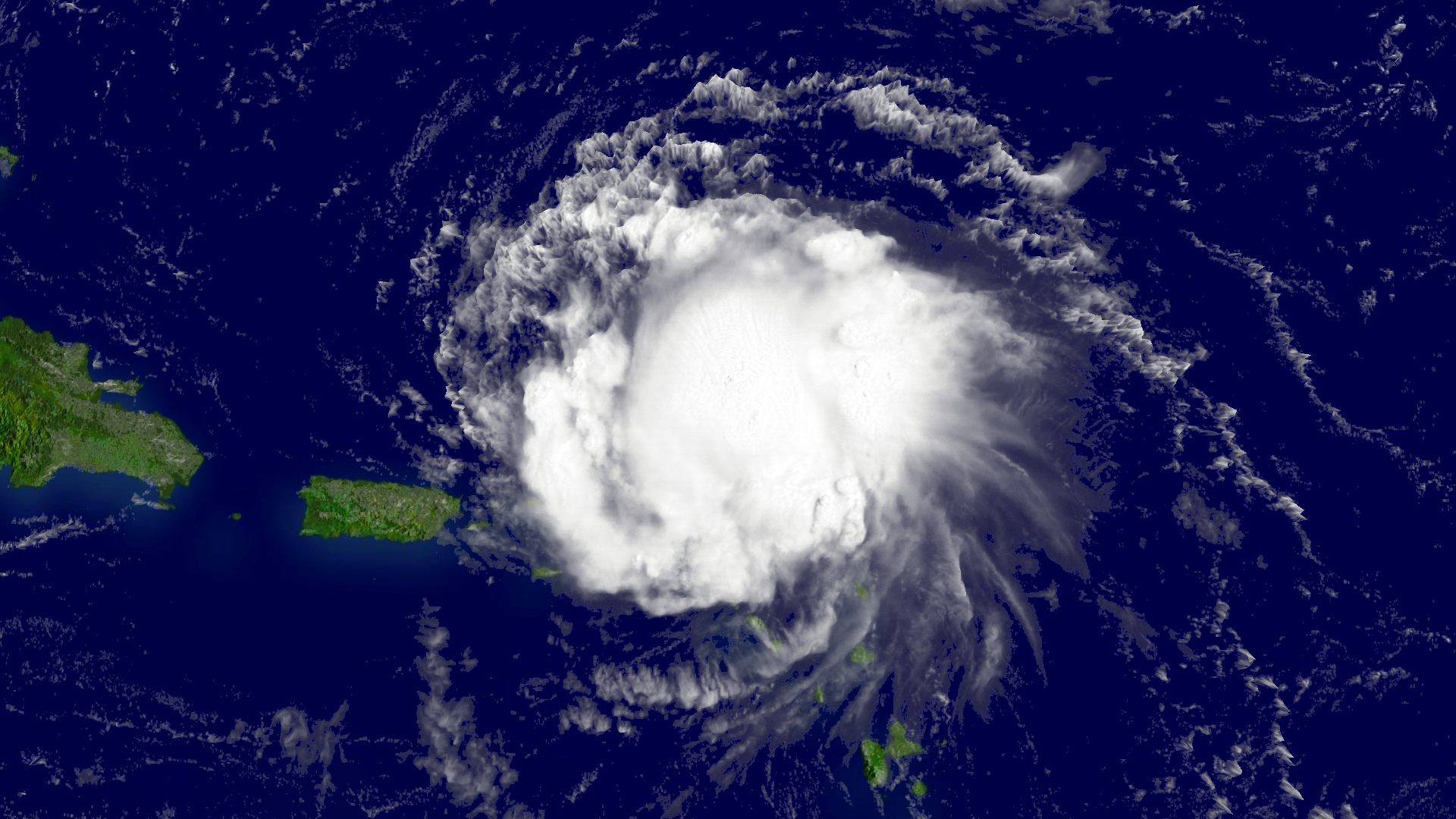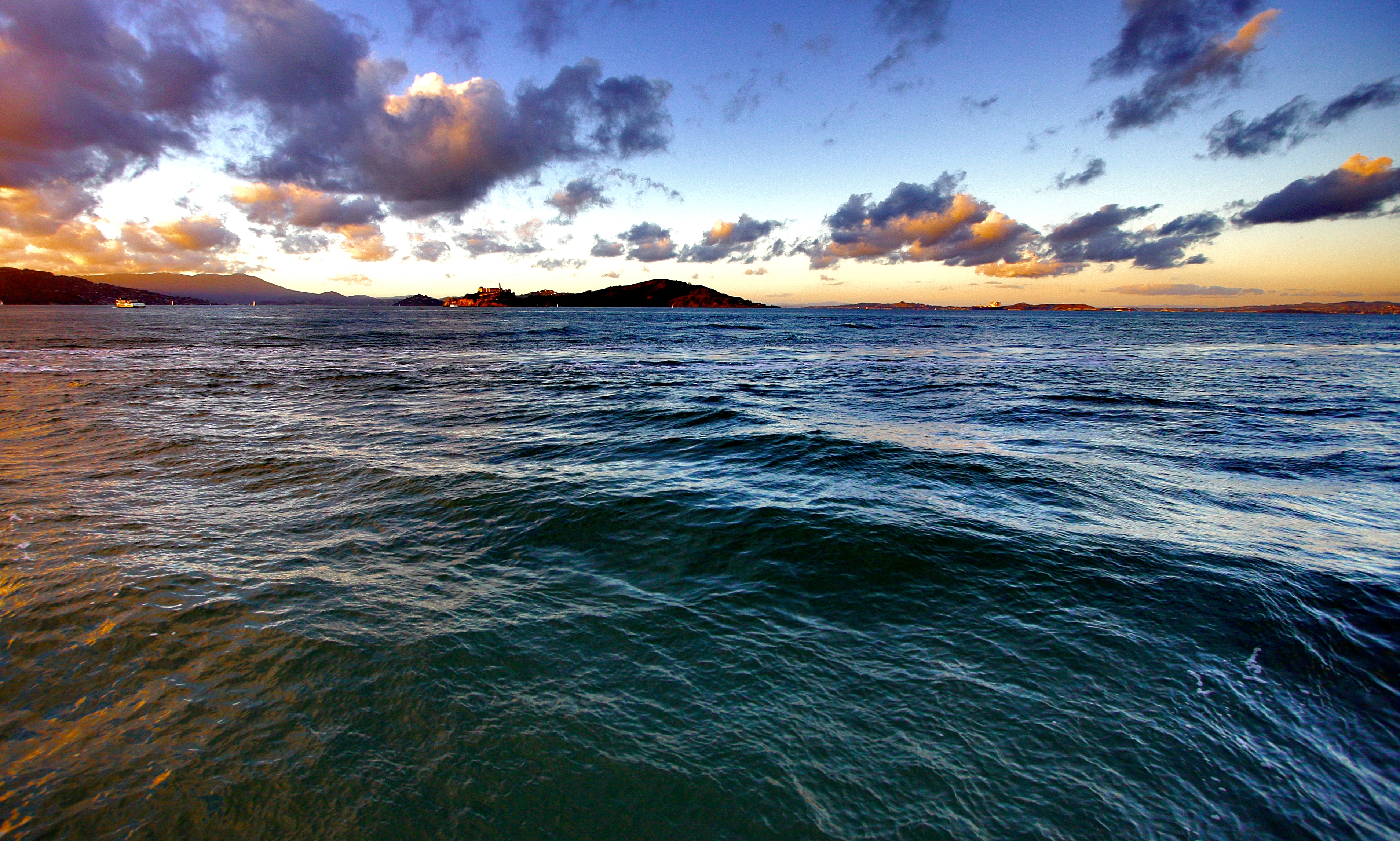
Sciences & Technology
Clock on: When weather gets into a routine

We’re familiar with effects of El Niño and La Niña, but University of Melbourne research has identified El Tío - the ‘cranky uncle’ of the Pacific Ocean
Published 9 May 2017
Global warming is rapidly approaching 1.5℃, but according to our new research, conditions in the Pacific Ocean over the coming decades will determine how fast we get there.
In a paper published in Geophysical Research Letters, we use climate model simulations to quantify how fast global average temperatures will reach 1.5℃ above the pre-industrial average – one of the crucial benchmarks of the Paris Climate Agreement.
The Paris deal calls for governments to pursue the aim of keeping global warming below 1.5℃. But our results suggest that we could hit that level before the end of the next decade if the Pacific Ocean moves into a state we have nicknamed the “cranky uncle” for its effects on global temperatures.
Global temperature records have tumbled in recent years: 2016 was the world’s hottest year on record, the third record-breaking year in a row.
Although human emissions of greenhouse gases are the primary driver of these rising temperatures, there are other factors at play. The climate system is an unwieldy beast, containing a variety of erratic feedbacks and complex mechanisms.
One mechanism with which many people are familiar is El Niño and La Niña, a see-sawing of warm waters across the tropical Pacific every two to seven years. Climate scientists were not at all surprised to see record global temperatures in 2015 and 2016, because of the large El Niño that ended last year.
Another, lesser-known cycle in the Pacific Ocean is the Interdecadal Pacific Oscillation (IPO). Since El Niño and La Niña are Spanish for the “the boy” and “the girl”, we have nicknamed their slower-moving relatives the “cranky uncle”, El Tío, and the “kind auntie”, La Tía.
Like El Niño, warm phases of the IPO provoke a temporary acceleration in global temperature, but over much longer periods, lasting between 10 and 30 years.
The cool La Tía phase of the IPO, since around 2000, and its associated slowdown in the rate of global warming, may have lulled us into a false sense of security.
Scientists are now concerned that the next El Tío phase could be on its way, which might sustain the relatively rapid global warming seen over the past few years.
With this in mind, we decided to investigate how soon we are likely to surpass the 1.5℃ level, both with and without the influence of the IPO.

We used climate model simulations to project global temperatures. The models show temperatures varying significantly from year-to-year and decade-to-decade, as we see in the real world. The centre point of the model projections indicates that the 1.5℃ level would be reached just before 2030, with 75 per cent of the model projections crossing 1.5℃ before 2032.
With the recent slowdown period in mind, we wondered how the next IPO phase, El Tío or La Tía, would influence global temperature. We found that the rate at which global average temperature approaches the 1.5℃ level is influenced significantly by the IPO.
El Tío phases are responsible for an acceleration in global temperature. The centre point of the El Tío projections passes the 1.5℃ level in around 2027, and a quarter of our projections pass 1.5℃ as early as 2024.
For La Tía, the projected rate of warming is reduced, and the centre year is 2031 – the kind auntie gives us a little more breathing space.
No. The Paris agreement is a critically important step in the right direction.

Sciences & Technology
Clock on: When weather gets into a routine
Although we will soon surpass the 1.5℃ warming benchmark, we still have a chance to turn around and head back down the hill. But to reduce global temperatures, we need not only to reduce our net emissions to zero, but to move swiftly into net negative carbon emissions territory. That means overall we will need to take carbon dioxide out of the atmosphere, not add more.
But we are a very long way from that point. There is a lot of work to do.
The implications of swiftly rising global temperature are many and varied. Our group and other scientists have quantified the changing likelihood of extreme events such as heatwaves, coral bleaching, droughts and floods.
For the next few decades we have to accept that we are likely to see more extreme events as the effect of continued rising global temperatures takes its toll.
We can’t hide from our cranky uncle, but we can limit climate change and its impacts. Although the political will for evidence-based climate policy seems to be waning in some quarters, the message from climate scientists has not changed.
We need swift global cooperation to dramatically reduce atmospheric greenhouse gas concentrations.
A version of this article first appeared in The Conversation.
Banner image: NOAA